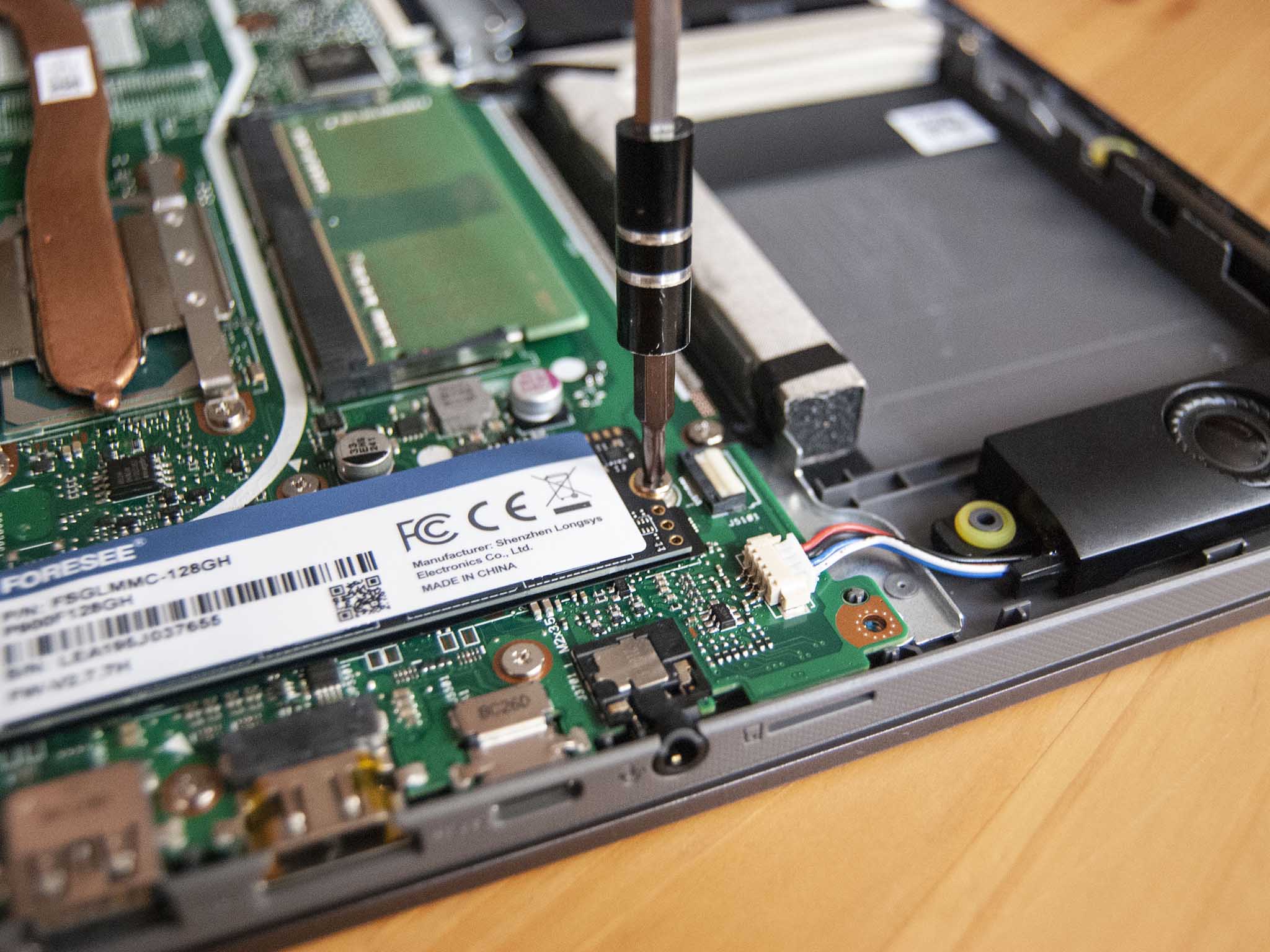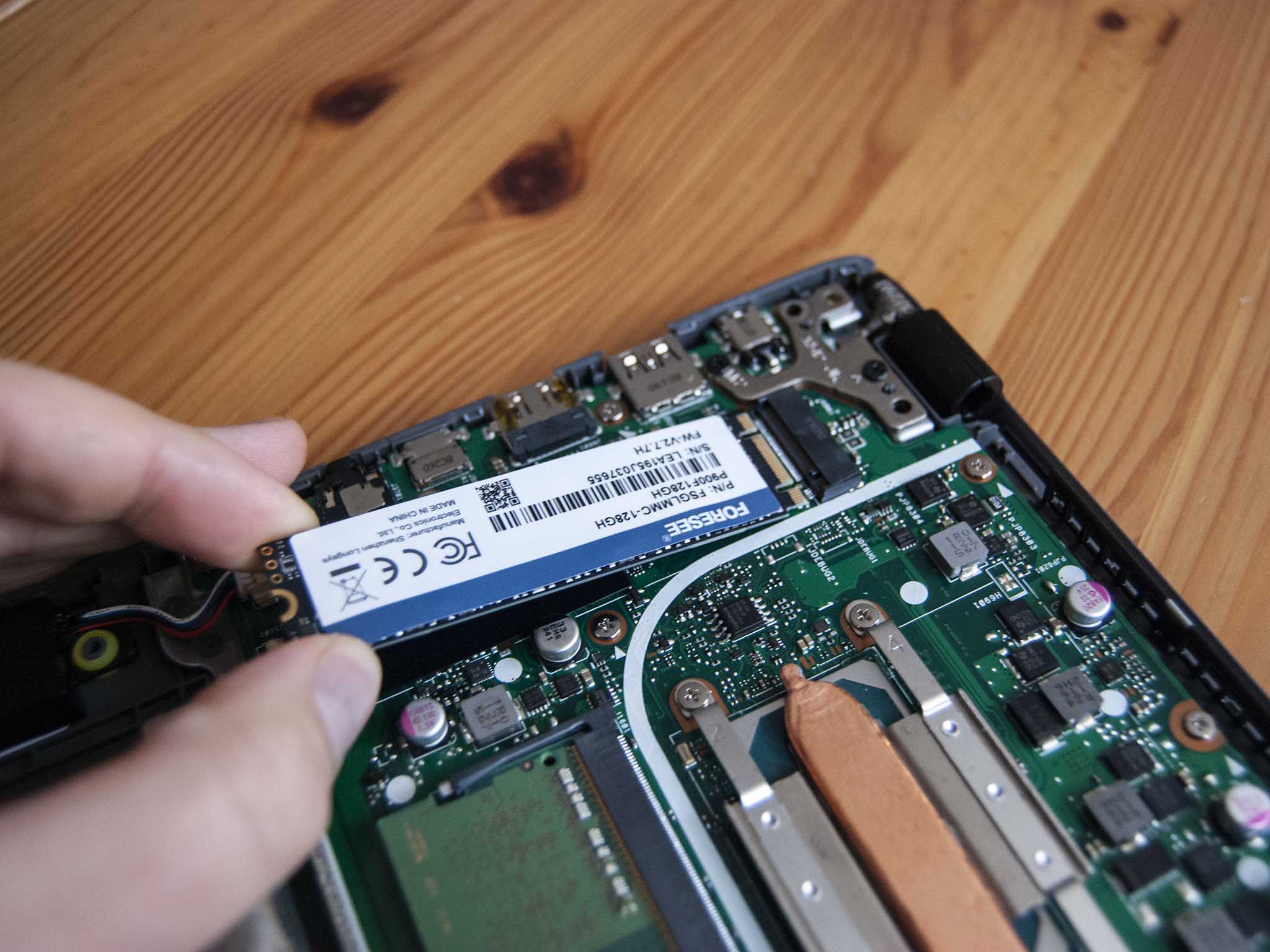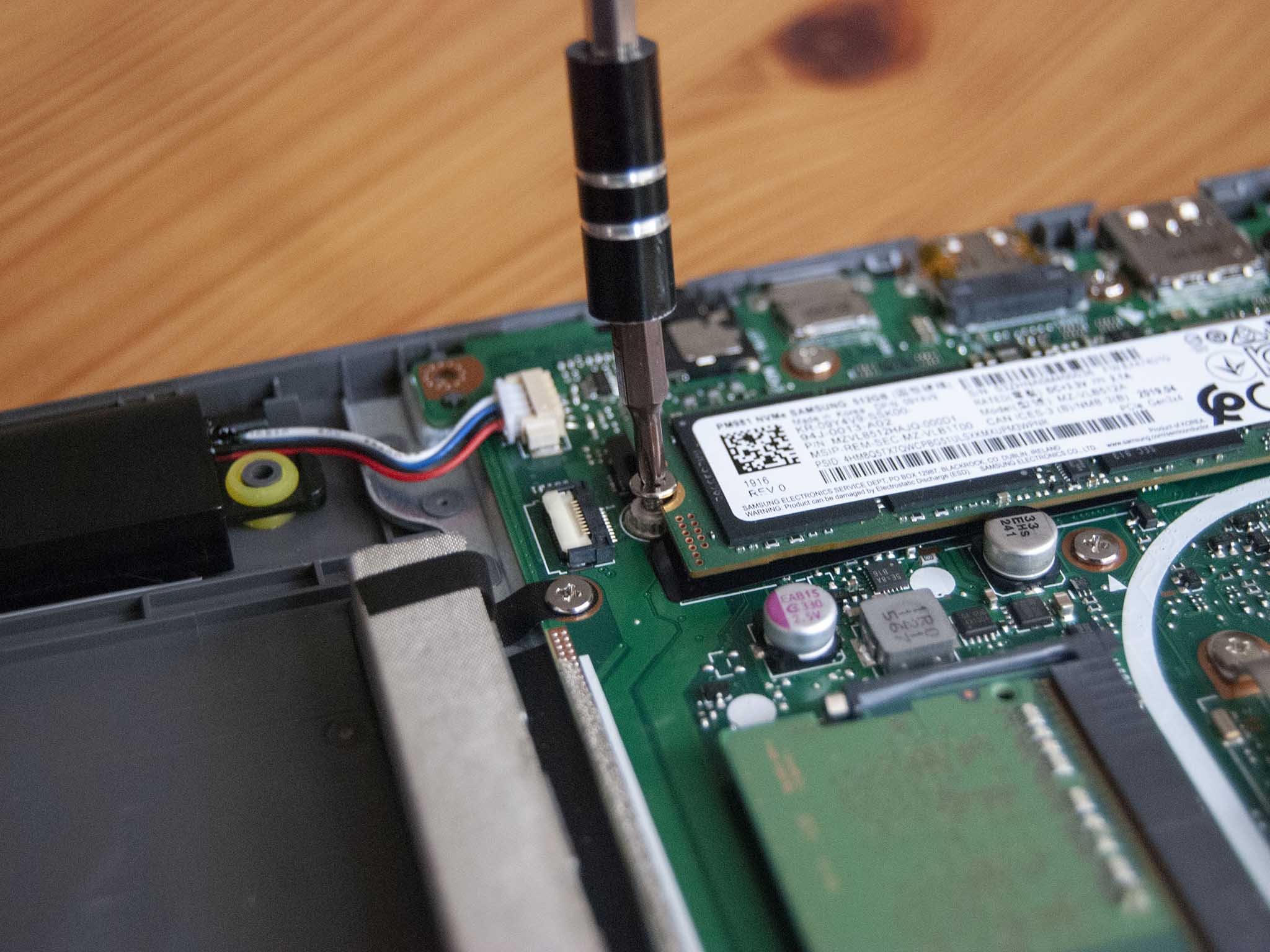
Upgrading the SSD in the ASUS VivoBook 15 is a great way to make one of the best budget laptops on the market even better. Considering this model of the VivoBook 15 (F512JA) comes with only up to a 128GB M.2 SATA SSD from the factory, you can add gigabytes and speed with one of the best SSDs out there. I'll guide you through the entire SSD upgrade process and suggest some worthwhile hardware to make sure the upgrade is worth your time.
Be sure to check out our guide on how to upgrade RAM in the VivoBook 15 if you need more memory.
How to upgrade the SSD in the ASUS VivoBook 15
Note: Before beginning any upgrades on a PC, it's a good idea to back up your data in the unlikely event something should go wrong. You'll also want to ensure you're not working in a static-filled environment since it can cause damage to a PC's internal hardware.
The ASUS VivoBook 15 (F512JA) that I'm upgrading in this guide comes with a 128GB M.2 SATA SSD. While this slower technology helps keep the price of the laptop less than $500, it also might not be speedy enough for anyone used to M.2 PCIe NVMe technology. Since the laptop is compatible with a PCIe NVMe drive, upgrading to the faster tech is recommended. There's also space inside the laptop for a 2.5-inch SSD or HDD, but the laptop does not come with the proper connections if one isn't installed at the factory level.
In any case, we recommend going with the speedier M.2 technology. Something like the SK hynix Gold P31 combines a cheap price, long-lasting durability, and high-end performance. You can pick up a 500GB SSD for about $70, with 1TB and 2TB models costing $130 and $245, respectively.
Since there's just the one M.2 slot for an SSD inside the VivoBook 15, you'll have to decide whether or not you want to keep all your data or start fresh with a new Windows 10 install. If you want to keep everything the exact same as it was before the upgrade, cloning the old SSD to the new SSD is a great option. An external SSD enclosure will be required, and our guide on how to close an SSD can walk you through the specific steps.
If you recently received the laptop or just don't mind losing the data that's currently saved on the older SATA SSD, you can go along with a clean install of Windows once the drive has been swapped out. There are a few things to take care of before the upgrade if you do decide to go this route, so be sure to check out our guide on how to do a clean install of Windows 10 before continuing with the steps below.
All the latest news, reviews, and guides for Windows and Xbox diehards.
After cloning the old SSD or preparing the PC for a clean install of Windows 10, you should be clear to proceed with the SSD upgrade process. Power down your VivoBook 15, clear out a well-lit workspace, and follow these steps.
- Unscrew the 10 fasteners on the bottom panel of the laptop using a Philips-head screwdriver. Note that the screws along the front are shorter than the others.
- Pry up the bottom panel using a pry tool. I found it easiest to start along the hinge and work my way around to the front.
- Unscrew the fastener at the end of the SSD.
- Pull the old SSD away from the M.2 slot. To prevent damage, do not lift straight up.
- Insert the new SSD at about a 25-degree angle. The drive and slot are both keyed and will only fit in one way.
- Screw in the fastener at the end of the SSD. Be careful not to overtighten, but be sure the SSD is secure.
- Replace the bottom panel. Apply pressure around the edges and in the center until it clicks into place.
- Screw in the 10 fasteners to secure the bottom panel.
If you opted for a clean Windows 10 install after the upgrade, you can go ahead with it now. And if you chose to clone your old SSD to the new SSD, you should be able to boot up the VivoBook 15 and continue as before.
Our top hardware and software picks
We recommend checking out either the SK hynix Gold P31 or the Samsung 970 EVO Plus as an upgrade. They're both fast and affordable, with large sizes available for more storage.
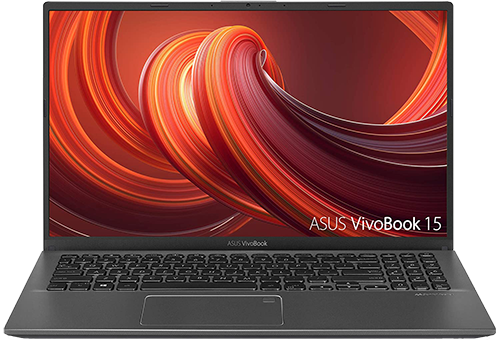
The ASUS VivoBook 15 does it better than many other budget laptops. It has a comfy keyboard and touchpad, fingerprint reader, FHD display, upgradeable RAM and SSD, and tons of ports with USB-C. Battery life is disappointing, and the display isn't particularly powerful, but I would recommend this over the IdeaPad 3 15 and Acer Aspire 5.
Additional equipment
To make the upgrade process easier and less risky, consider investing in some of these affordable PC tools, and don't forget about Macrium Reflect and an external enclosure if you want to clone drives.
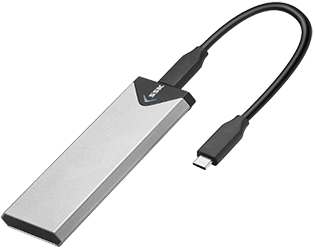
SSK M.2 enclosure ($19 at Amazon)
This affordable aluminum enclosure works with M.2 PCIe NVMe SSDs like the Samsung 970 EVO Plus and SK hynix Gold P31 for cloning. Connect to the Swift 3 with USB-C.
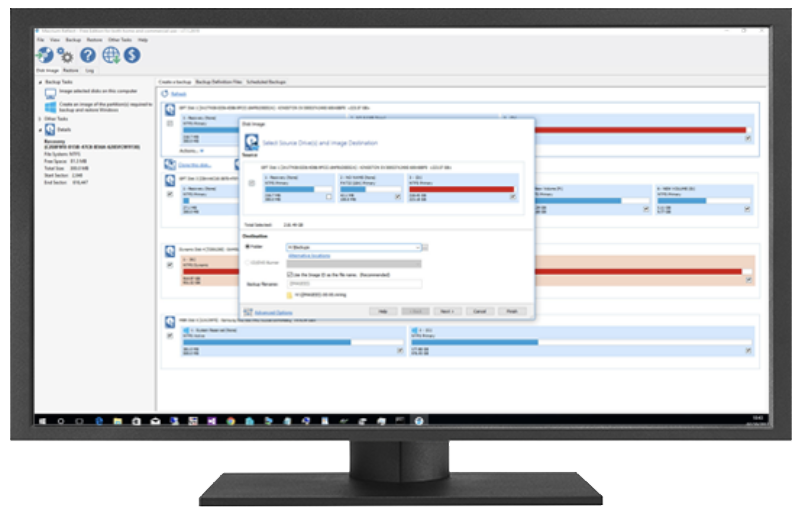
Macrium Reflect 7 (Free at Macrium)
We've had success cloning drives with Macrium Reflect 7, and have even written a complete guide on how to use it properly. A free edition is available, but you can purchase a full edition with a bunch more features for those who truly take backups seriously.
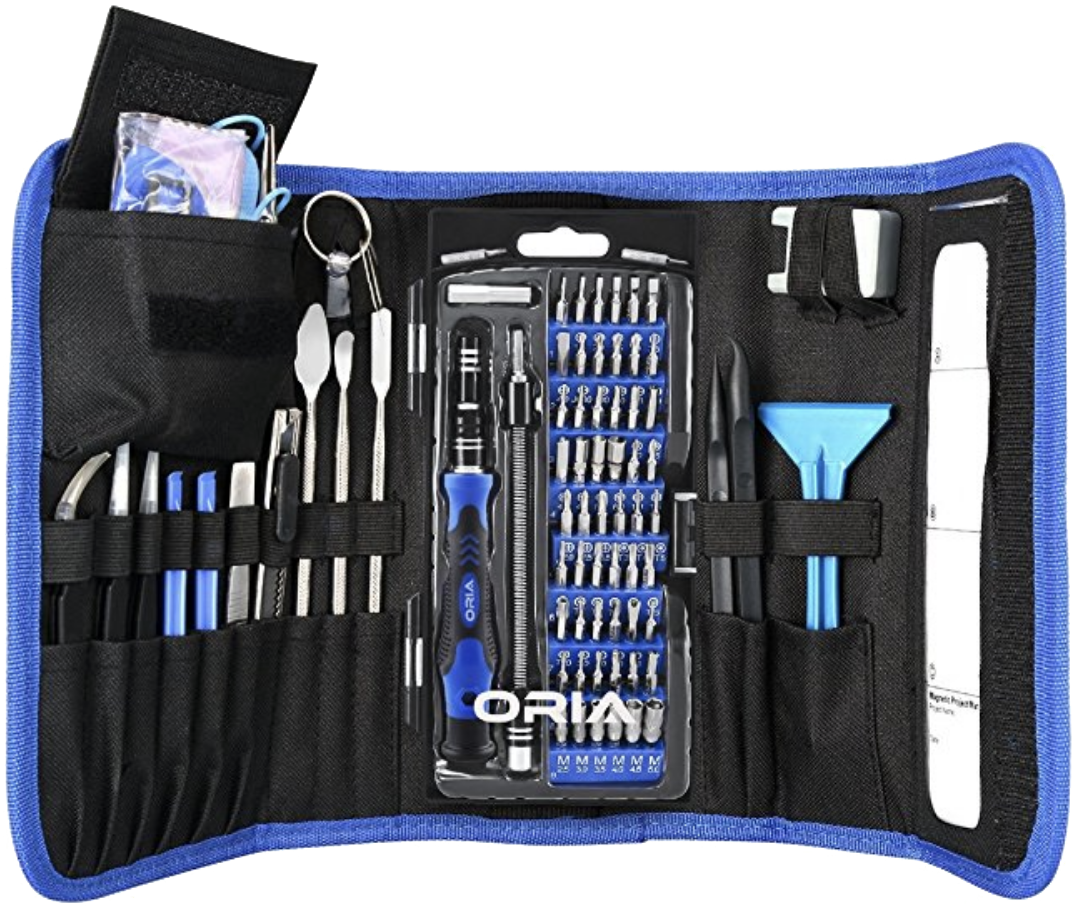
ORIA PC toolkit ($29 at Amazon)
Having the proper gear to work on your PC will always make the job much easier. Here you get a plethora of tools contained in a portable case.
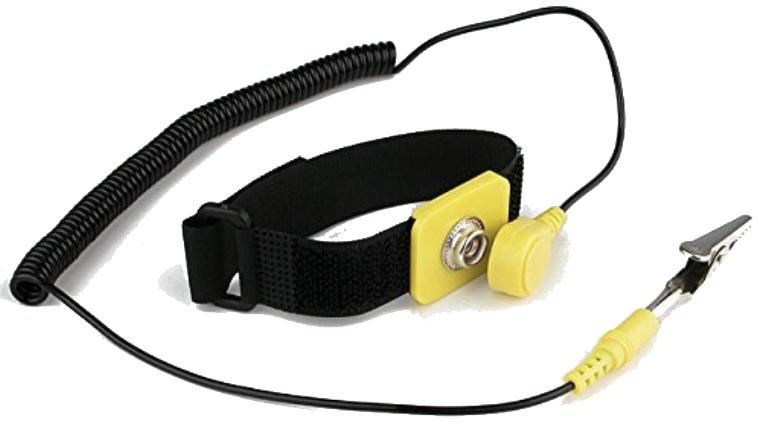
Rosewill anti-static wristband ($7 at Amazon)
Static electricity can damage sensitive PC parts, so remove the risk with an anti-static wristband. Fasten it around your wrist and clip it onto your PC for peace of mind.

Cale Hunt brings to Windows Central more than nine years of experience writing about laptops, PCs, accessories, games, and beyond. If it runs Windows or in some way complements the hardware, there’s a good chance he knows about it, has written about it, or is already busy testing it.


